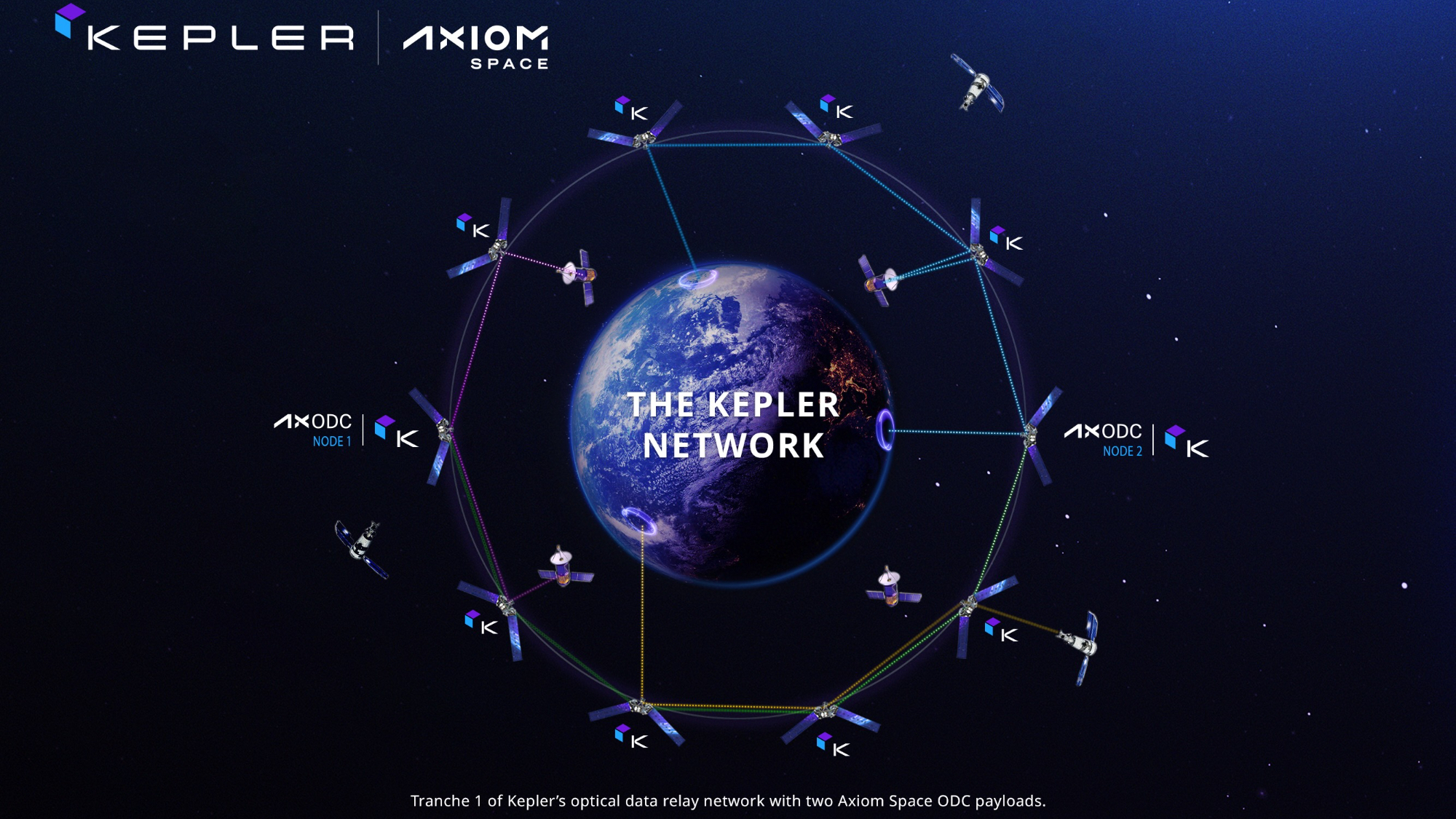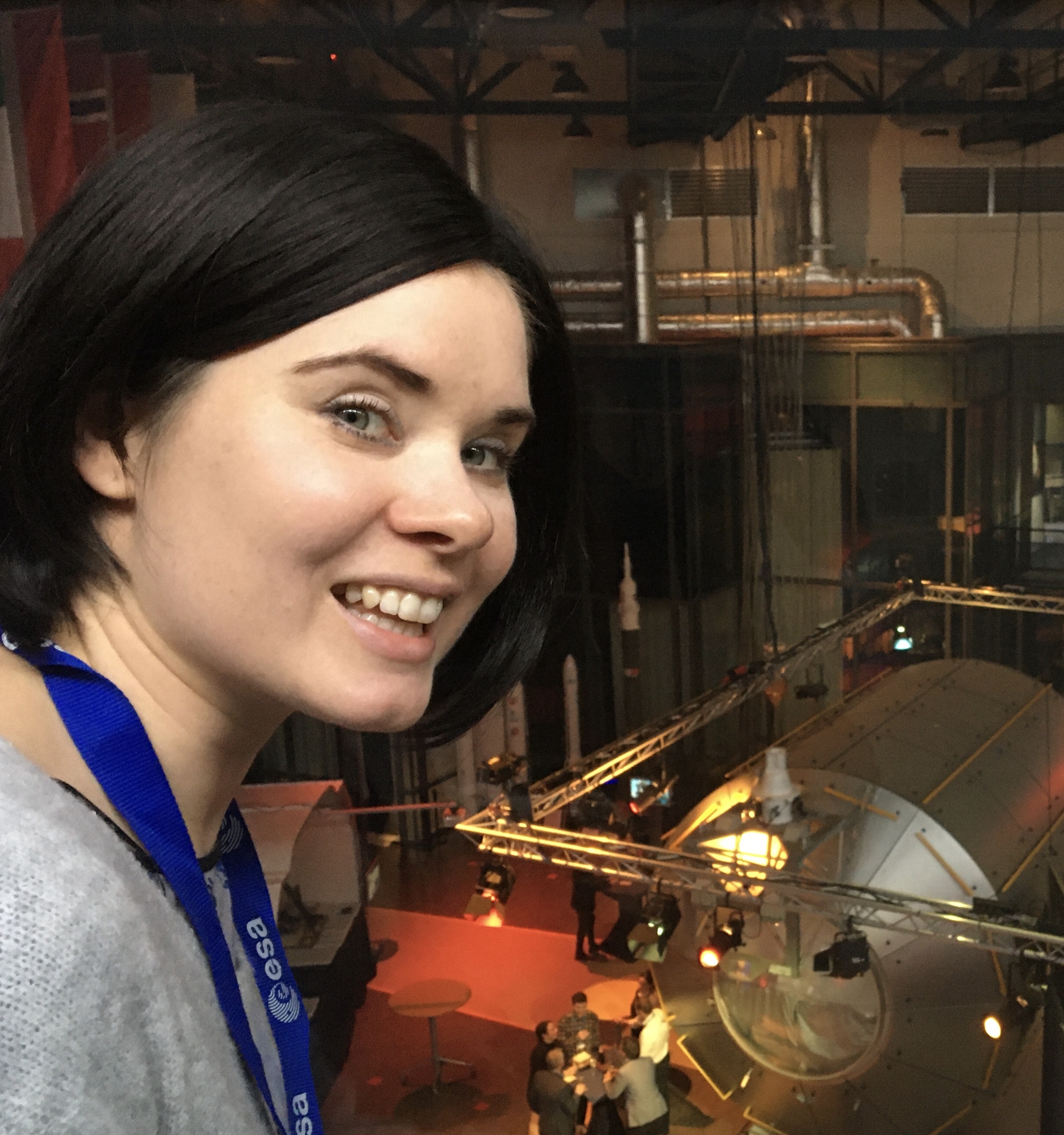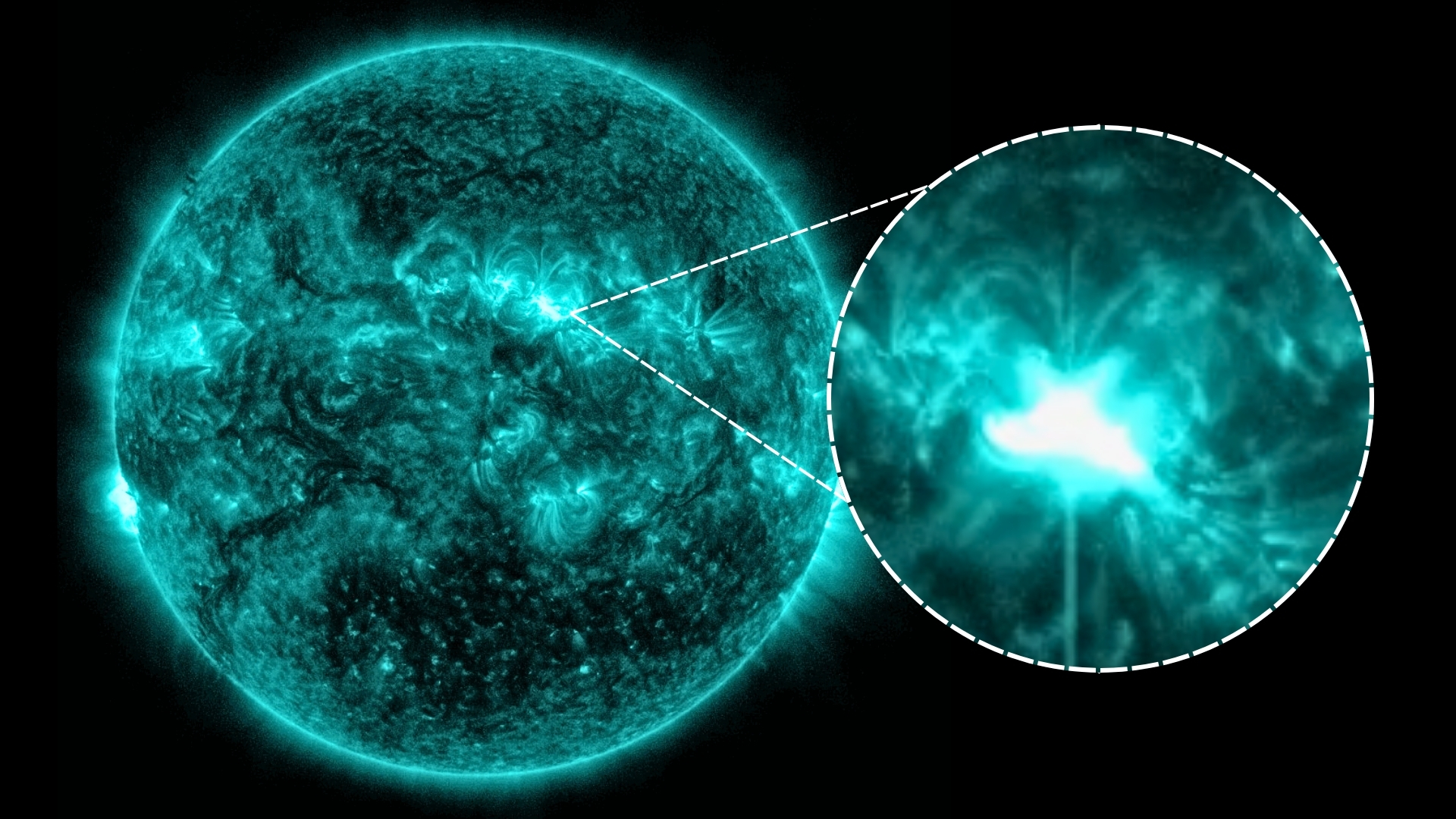Axiom Space to launch its 1st orbiting data centers this year

Axiom Space will launch two orbiting data center nodes into low Earth orbit by the end of this year, as the first step in the development of off-planet computing infrastructure.
The two satellites will be part of the upcoming optical relay constellation by Canada-headquartered Kepler Communications, which is expected to begin launching in late 2025.
The pioneering satellites will be used to process data from Earth-observation satellites, using complex AI and machine-learning algorithms to speed up the delivery of valuable insights to users on the ground.
Currently, satellites need to beam their images to Earth for processing, which introduces delays. Analyzing data directly in orbit will also make the use of available bandwidth more efficient, as only images containing the requested information will be sent down. Bypassing the need to downlink data to ground stations scattered around the world will also mitigate security concerns, such as possible interception of data by adversary actors.
Related: Axiom Space: Building the off-Earth economy
"Our Orbital Data Center (OCD) nodes will soon be open for business," Kam Ghaffarian, CEO, executive chairman and co-founder of Houston-based Axiom Space, said in a statement. "We have agreements in place with users around the world to deploy initial, space-based cloud services, not just demonstrations of capabilities."
In 2023, Axiom Space announced plans to deploy an orbital data center on board its planned space station, which is expected to launch in 2027. The company has now revealed a vision for a more distributed orbital computing infrastructure, which will take advantage of Kepler Communications satellites to move computing to space.
Breaking space news, the latest updates on rocket launches, skywatching events and more!
Although the first orbiting data centers will exclusively crunch data collected in space, some technologists think that power-hungry computing infrastructure would in the future do better in space, where solar power is constant and cooling is easy. On top of that, the growing need for data centers on Earth is putting pressure on the real estate market and energy grids, affecting local communities
The first two nodes of Axiom Space's planned orbital cloud-computing system, dubbed ODC 1 and 2, will be placed on two of the 10 upcoming Kepler Communications satellites, each of which weighs 573 pounds (260 kilograms).
Satellites connected to the data centers will be able to operate more autonomously, without the need of constant oversight by Earth-based ground controllers.
Axiom Space has previously tested a demonstration payload based on Amazon Web Services' mini edge computer Snowcone at the International Space Station. In March, Axiom announced it would launch a larger edge computer, the Data Center Unit-1 (AxDCU-1), to the space station in the coming months. The AxDCU-1 payload will help the company test hardware and software before the deployment of the ODCs.
"ODC Nodes 1 and 2 are an acceleration of our plans to deploy a multitude of free-flyer ODC nodes in low Earth orbit to meet the rapidly emerging demand from users around the world," Jason Aspiotis, global director of in-space data and security at Axiom Space, said in the statement.
The ODCs will be connected via high-speed 2.5 Gbps laser links to the other satellites of the Kepler Communications constellations, as well to data centers on Earth.
Before orbital data centers can take off in a big way, technologists must make sure that the technology can withstand the harsh environment of space, especially the strong radiation that frequently shortens the lifespan of electronic devices.
Join our Space Forums to keep talking space on the latest missions, night sky and more! And if you have a news tip, correction or comment, let us know at: community@space.com.

Tereza is a London-based science and technology journalist, aspiring fiction writer and amateur gymnast. Originally from Prague, the Czech Republic, she spent the first seven years of her career working as a reporter, script-writer and presenter for various TV programmes of the Czech Public Service Television. She later took a career break to pursue further education and added a Master's in Science from the International Space University, France, to her Bachelor's in Journalism and Master's in Cultural Anthropology from Prague's Charles University. She worked as a reporter at the Engineering and Technology magazine, freelanced for a range of publications including Live Science, Space.com, Professional Engineering, Via Satellite and Space News and served as a maternity cover science editor at the European Space Agency.
You must confirm your public display name before commenting
Please logout and then login again, you will then be prompted to enter your display name.
